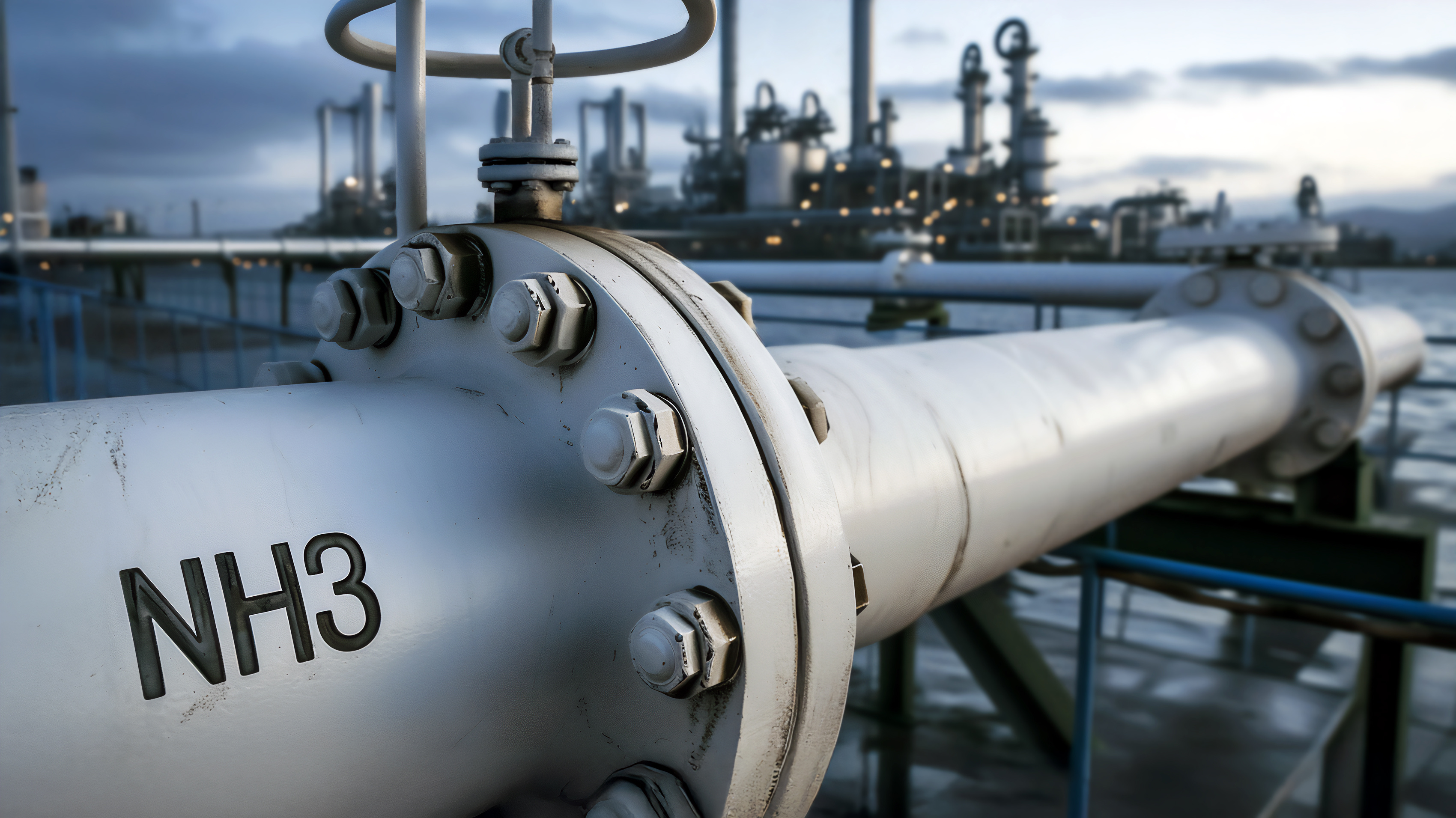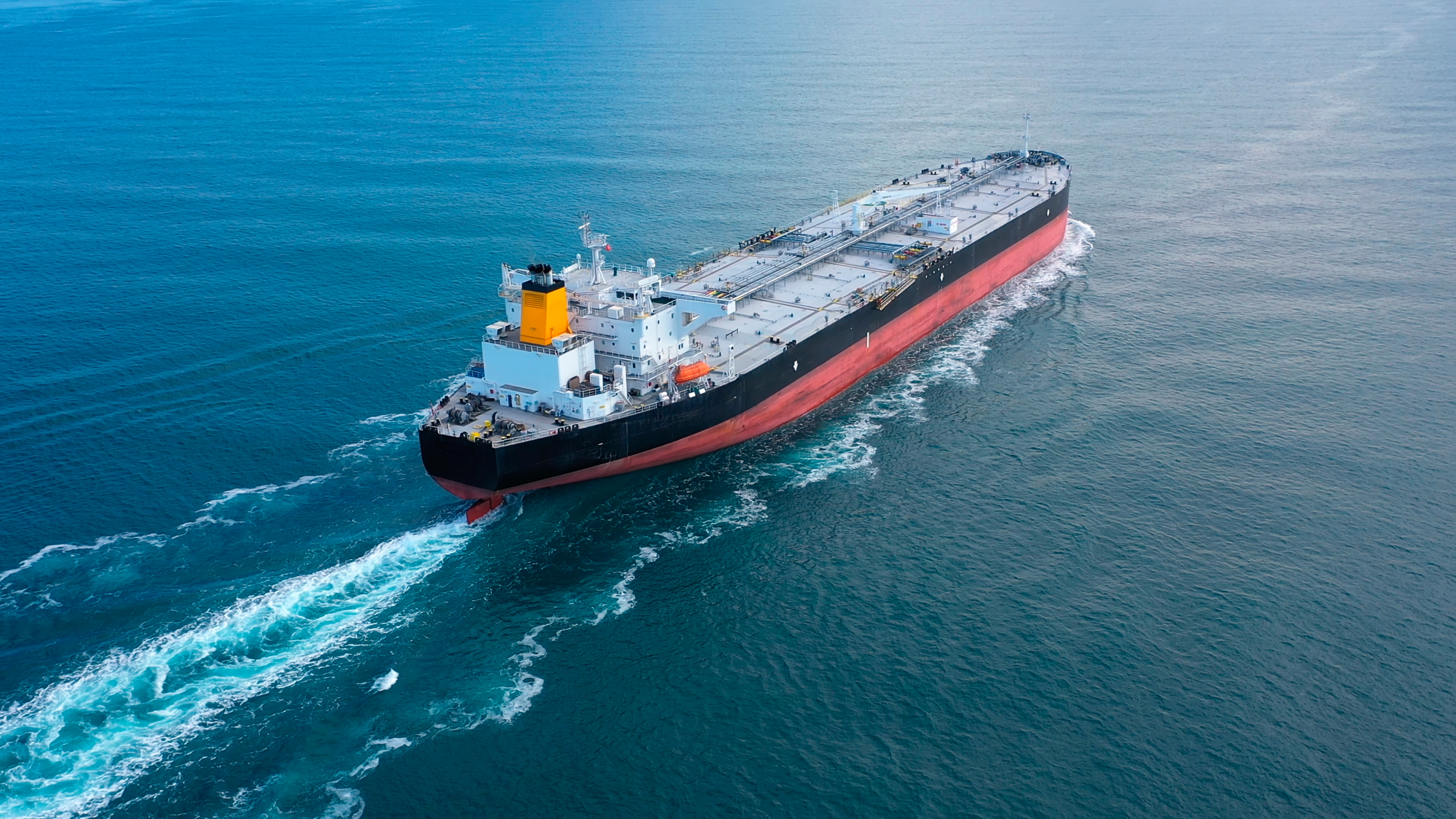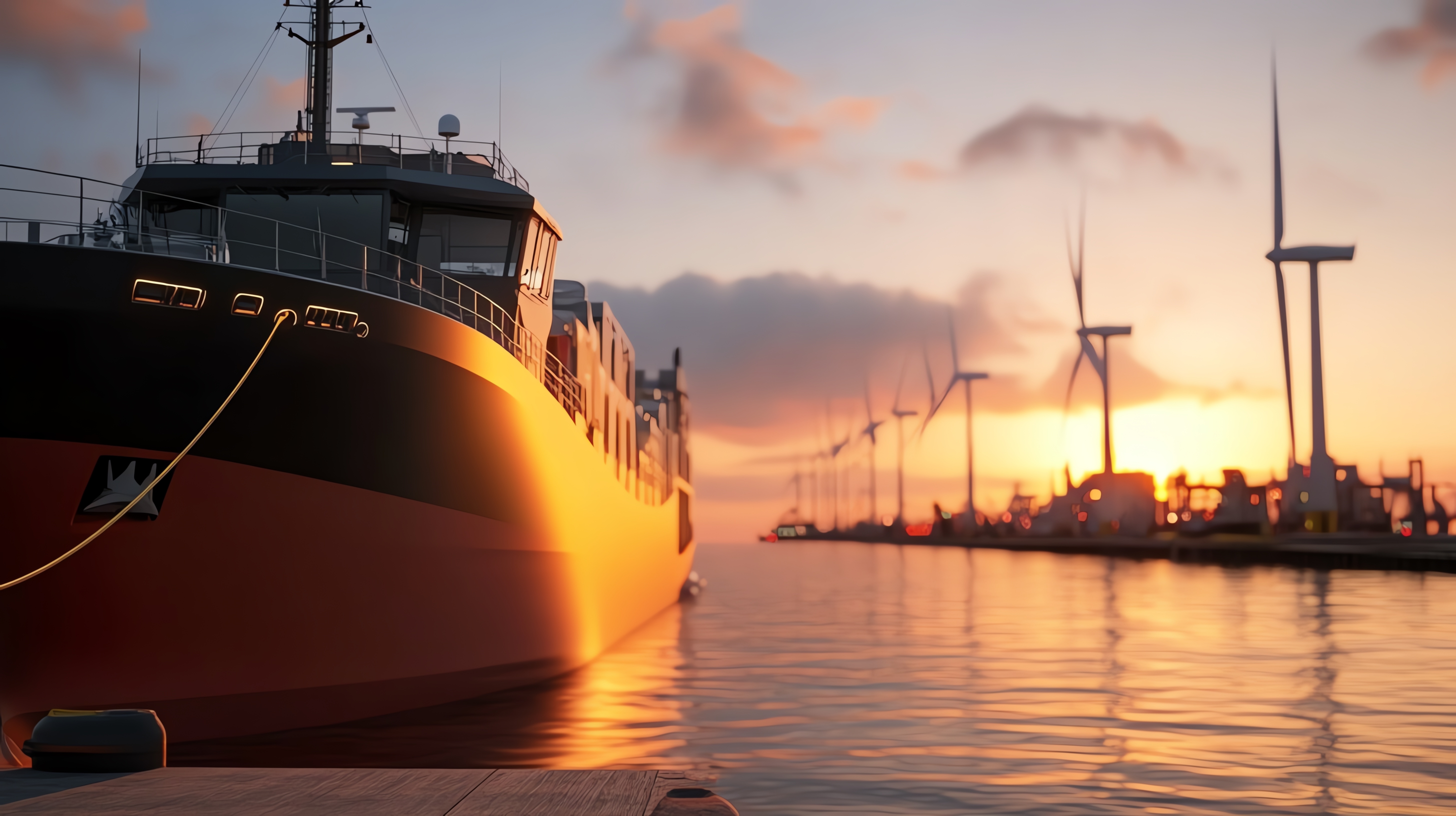On 16 January 2018, the Ministry of Environmental Protection of the People's Republic of China, and the General Administration of Quality Supervision, Inspection and Quarantine of the People's Republic of China, released a new national standard, the Discharge Standard for Water Pollutants from Ships (GB 3552-2018 hereinafter referred to as "The Discharge Standard"). The Discharge Standard will come into force as of 1 July 2018. It will replace its predecessor, GB 3552-83.
The Discharge Standard regulates the discharging limits and monitoring requirements of oily wastewater and sewage from ships, the emission control requirements of waste water containing noxious liquid substances and garbage from ships, and the requirements for the implementation and supervision of this standard, etc.
The Discharge Standard applies to the emission management for discharge of oily wastewater, sewage, waste water containing noxious liquid substances and garbage from ships to the environment in waters within the jurisdiction of the People's Republic of China. In the Discharge Standard: "ships" include all types of ships (excluding ships used for military purposes), crafts, seaplanes, submersibles and mobile units, regardless of their flags. Temporary discharges (if necessary) for the safety of ships or crews are exempted from this standard.
The Discharge Standard has made the following important amendments to GB 3552-83:
- Change in the name of the standard to reflect the water pollutants it regulates;
- Adding the emission control requirements of waste water containing noxious liquid substances;
- Providing the emission control requirements for discharging of oily wastewater, sewage, waste water containing noxious liquid substances and garbage from ships, divided by water areas and ship types.
- Adding six indexes (i.e. pH scale, CODCr, total chlorine, total nitrogen, ammonia nitrogen and total phosphorus) into the monitoring requirements of sewage;
- Lowering the discharging limits of BOD5, SS and thermotoletant coliform bacteria in the oily wastewater and sewage;
- Adjusting the classification and the emission control requirements of garbage from ships;
- Specifying the monitoring requirements of oily wastewater from machinery spaces and sewage.
In general, the Discharge Standard has adopted similar emission control requirements as MARPOL but it applies stricter requirements compared with its predecessor GB 3552-83. From 1 July 2018, ships are obliged to collect oily wastewater that contains petroleum pollutants exceeding a limit of 15 mg/L, and shall discharge such waste water into reception facilities. This requirement will not apply to fishing ships less than 400 gross tons until 1 January 2021. In addition, the Discharge Standard adopts stricter requirements for the discharge of oily wastewater into inland waters.
If Members have any questions on the above Discharge Standard for Water Pollutants from Ships, they should not hesitate to get in touch with their usual Club contacts.




